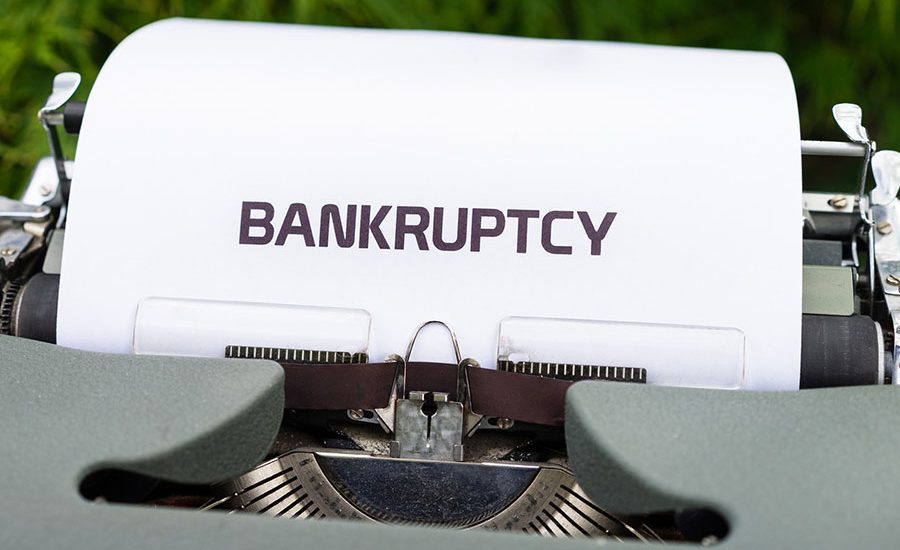There is a lot of stigma around bankruptcy, which has unfortunately prevented some people from taking this path, even when it makes financial sense. To assist, two Jirsch Sutherland Partners – Chris Baskerville and Stewart Free – dispel 10 of the most common bankruptcy myths.
1. Bankruptcy involves criminal behaviour
Surveys have shown many people believe bankruptcy is a criminal action or involves criminal behaviour. This is wrong, says Baskerville – and unfortunate. “Bankruptcy often results from the overuse of credit, poor health or bad luck,” he says. “The fact is bankruptcy can happen to anyone and people generally file due to reasons beyond their control – not because they are dishonest and trying to avoid their creditors.”
2. You need a certain amount of debt before you’re eligible for bankruptcy
There is no minimum or maximum amount of debt or income you need to be eligible to file for bankruptcy. You can apply if you meet these two requirements:
- you’re unable to pay your debts when they are due; and
- you’re present in Australia or have a residential or business connection to Australia.
3. You have to give up all your assets
This is a common fallacy. However, the Bankruptcy Act 1966 defines assets within two categories:
1. Divisible (unprotected) – assets available to a trustee
2. Non-divisible (protected) – assets not available to a trustee
“Assets that fall into the unprotected category include shares, antiques, artwork, lottery winnings, bank balances, cryptocurrency, copyrights, boats and jet skis,” Baskerville says. “Some of the most significant unprotected assets people own include residential or investment properties.”
Protected assets typically include superannuation (although there are some special circumstances), general household contents and furniture, some compensation or life insurance payments, tools used to maintain employment worth up to $3800, and vehicles (cars or motorbikes) used primarily for transport, worth up to $8000.
4. You still have to pay your debts
This is wrong, Free says. “Almost all of your debts will be captured by your bankrupt estate (fines, child support and some other debts that sit outside the bankruptcy regime) and dealt with under the same,” he says. “Neither you nor your spouse will be liable. Although your spouse could be if you both owe monies or if your spouse signed a guarantee to pay your debts.”
5. Everyone will know you’re bankrupt
This is unlikely, says Free. “While your name will appear permanently on a public register called the National Personal Insolvency Index or NPII, which shows details of personal insolvency proceedings in Australia, including bankruptcy, there’s no reason why anyone will find out unless you tell them,” he says. “And you’re under no obligation to – unless you are applying for some sort of credit.”
6. You can’t travel overseas
Travelling overseas is more difficult if you’re bankrupt but not impossible, Free says. “While you can travel, you do need to get your Trustee’s written permission to be able to,” he says. “And you also need a valid reason to make the trip. You’re also able to work overseas if you receive your trustee’s consent.”
7. If you have a job you can’t file for bankruptcy
Yes, you can and many employed people do file, Baskerville says. “However, you’ll need to review your work contract to check if any of your employment conditions are affected,” he says. “Also, particular industry associations may impose restrictions or conditions if a member becomes bankrupt.”
The benefit of filing for bankruptcy while you still have a job, Baskerville adds, is that your wages are protected to ensure you have an income to live on.
8. Your wages will be garnished through your employer
Usually, becoming bankrupt stops your wages being garnished for a debt, if you include that debt in your bankruptcy. “If your wage is being garnished, make sure you inform your trustee,” Free says. “One exception is if the ATO issues a garnishee order against you before your bankruptcy begins.”
9. You’ll never be able to apply for credit again
Unfortunately, many feel their borrowing capacity is permanently ruined if they become bankrupt. “However, after your bankruptcy has ended – which is generally three years and one day from when your bankruptcy application was accepted – there is no restriction on applying for loans or credit,” Baskerville says.
Credit reporting agencies keep a record of your bankruptcy for:
- five years from the date you became bankrupt; or
- two years from when your bankruptcy ends, whichever is later.
10. Being bankrupt means you’re a failure
For many, filing for bankruptcy is the best decision they can make. “Bankruptcy law is designed to alleviate debt in a structured and monitored way,” Free says. “Clearing this debt and starting again is important for people’s mental health as once this stress is gone, you can work on a financial plan for your future in a less stressful environment. Rather than being a failure, bankruptcy is a sensible way to get your life back on track, and allows you to move forward with your life.”
Remember to seek help
Free adds it helps if you don’t have to deal with bankruptcy on your own. “There are professionals who can give you the financial advice you need but the emotional support is also critical,” he says. “The worst thing to do is not tell anyone. At the end of the day, you are dealing with numbers on a page. They aren’t worth the stress on your body, your mind and your relationships.”
Jirsch Sutherland is at the frontline of many facing financial difficulties and supports the charity Beyond Blue. It is also working closely with the organisation on preparing content, initiatives and advice for financially distressed businesses and individuals.


